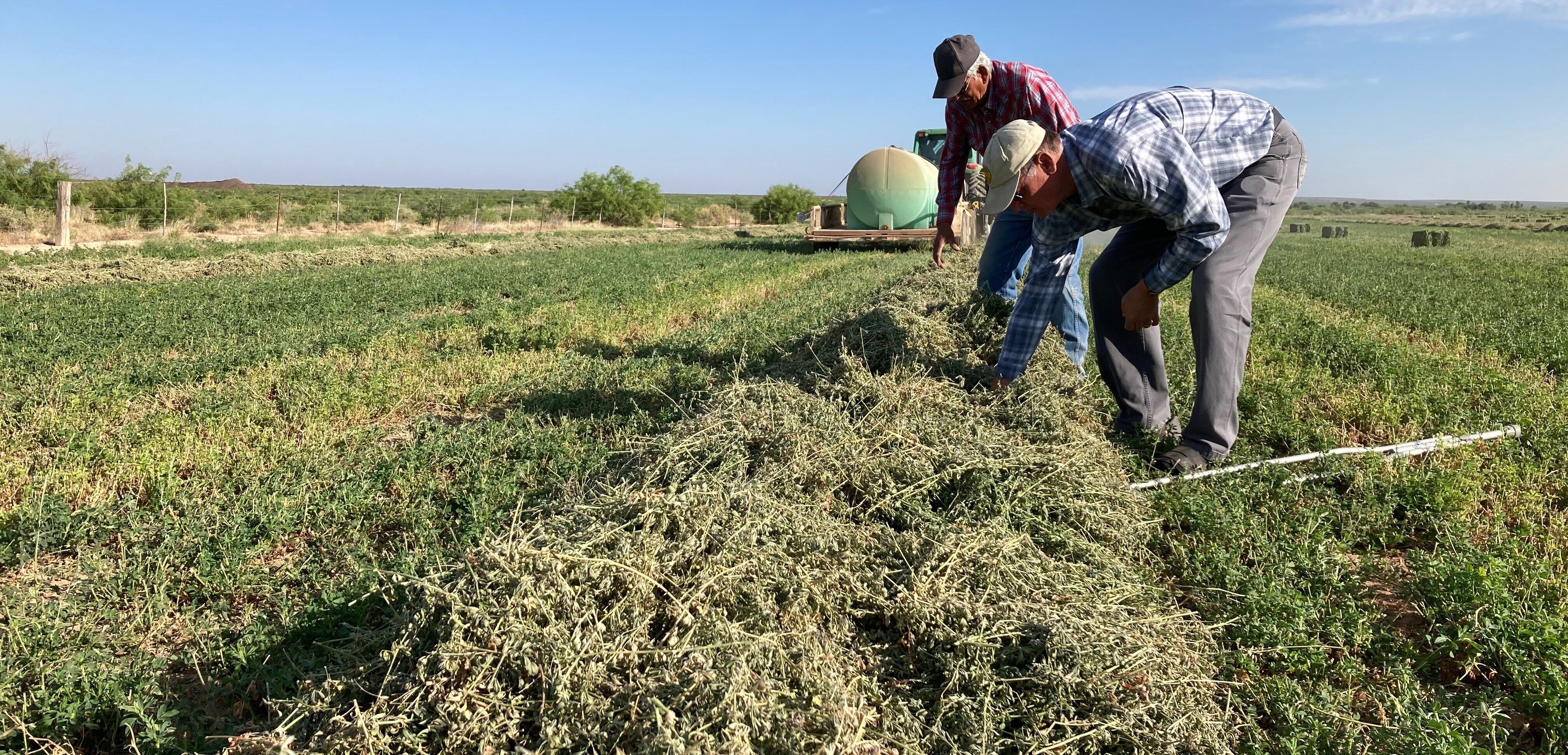Welcome to the
Haymaker Hub

Where Hay & Forage Growers Connect, Learn, and Grow.
Your one-stop destination for all things hay. From weekly market reports and educational articles to hay listings, event info, and expert insights—The Haymaker Hub brings the hay community together in one place. Whether you're here to learn, connect, or sell, this is your home base for staying ahead in the hay game.
Process of making hay timeline?
heartbeat line- 1st is a sprout of alfalfa, second is cutting, third is tedding, fourth is raking, fifth is baling, sixth is storage
Cutting
Tedding
Raking
Baling
Find articles from universities to pull quotes from
What Challenges do you face while Making Hay?
Lorem ipsum dolor sit amet, consectetur adipiscing elit, sed do eiusmod tempor incididunt ut labore et dolore magna aliqua. Ut enim ad minim veniam, quis nostrud exercitation ullamco laboris nisi ut aliquip ex ea commodo consequat. Duis aute irure dolor in reprehenderit in voluptate velit esse cillum dolore eu fugiat nulla pariatur.
Links:
- https://www.monarchchemicals.co.uk/Information/News-Events/994-/Is-treated-hay-safe-for-horses---Heres-what-the-research-says
- https://library.csbe-scgab.ca/docs/journal/15/15_1_20_ocr.pdf
- https://extension.sdstate.edu/understanding-hay-inoculants-and-preservatives-dry-hay
- https://www.midwestforage.org/pdf/209.pdf.pdf
- https://fyi.extension.wisc.edu/forage/files/2014/01/PropionicAcid-FOF.pdf
- https://www.gov.mb.ca/agriculture/crops/crop-management/forages/the-breakdown-of-hay-preservatives-and-additives.html
- https://www.agproud.com/articles/52447-are-hay-preservative-applicators-worth-it
Process of making hay timeline?
heartbeat line- continue to have this at the top of all educational pages?
Moisture Content of your Hay.
The ideal moisture content to bale hay is between 12-16% moisture. At this moisture level, there is little chance of microbial growth from the moisture left within the bale. As any farmer knows, the earth aligning for weather conditions and time constraints from cutting to baling does not always allow for those desired moisture conditions. When hay is baled outside of this moisture window, it results in a loss of quality of the final product.
Why does Hay Spoil?
The value in making higher moisture hay
Baling Alfalfa at 22% vs. 14% moisture More tons of dry matter harvested= +10% Extra weight from moisture retained= +4%. 3+Total +14%24 points higher relative feed value “Mechanical Properties Affecting Leaf Loss in Alfalfa”, W.K. Bilanski, CANADIAN AGRICULTURAL ENGINEERING, Vol. 15, No. 1, June 1973 https://library.csbe-scgab.ca/docs/journal/15/15_1_20_ocr.pdf
Types of Hay Preservatives
Buffered Propionic Acid- Buffered Propionic acid is the most popular type of preservative used on hay between 16% and 30% moisture. While other acids can be used to preserve hay, propionic is the most effective in controlling the molds commonly found in hay. Un-buffered acid has a pH of less than 1 and is therefore very corrosive. The buffering process can raise the pH to 6, the same as rain water, and is much easier to use than straight acid. However, in raising the pH, careful manufacturing procedures must be followed to prevent neutralizing the propionic acid making it much less effective. A truly reacted buffered propionic acid will keep the effectiveness of straight acid and that is what makes Baler's Choice is effective on hay up to 30% moisture.Hay & Forage Grower magazine compares propionic to non-acid based preservatives (click to see full article)Hay Inoculants- Inoculations are live bacteria introduced at time of baling to stimulate fermentation of the bale. Due to many of the unknown conditions for fermentation to start, it is not a reliable way to preserve hay baled above 16% moisture. In fact, in University studies, adding inoculations to the hay actually increased the level of spoilage.Bacterial Inoculations for the preservation of Alfalfa Hay, C.A. Rotz, JOURNAL OF PRODUCTION AGRICULTURE, Vol. 1, no. 4, 1988Other compoundsOther compounds found in hay preservatives have not proven to be as effective as buffered propionic acid. Some of the alternative types of preservatives seen from time to time are:Potassium sorbate. It is an excellent preservative for hay but is eight times more expensive than propionic acid. Therefore, to be price competitive, competitors relying on potassium sorbate have cut the level of active ingredient way back, leading to very weak products that will not keep hay from spoiling.Silicone. This is a known wood preservative. It coats and seals the surface of wood to keep molding down. The complication in hay is that much of the moisture is on the inside of the plant and coating the surface with silicone has proven ineffective. Sulphur. This is a low-cost preservative with significantly lower strength in controlling mold. Compared to buffered propionic acid, application rates should be five time higher.
.png?width=1109&height=405&name=HT_horizontal%201976_TM%20(1).png)